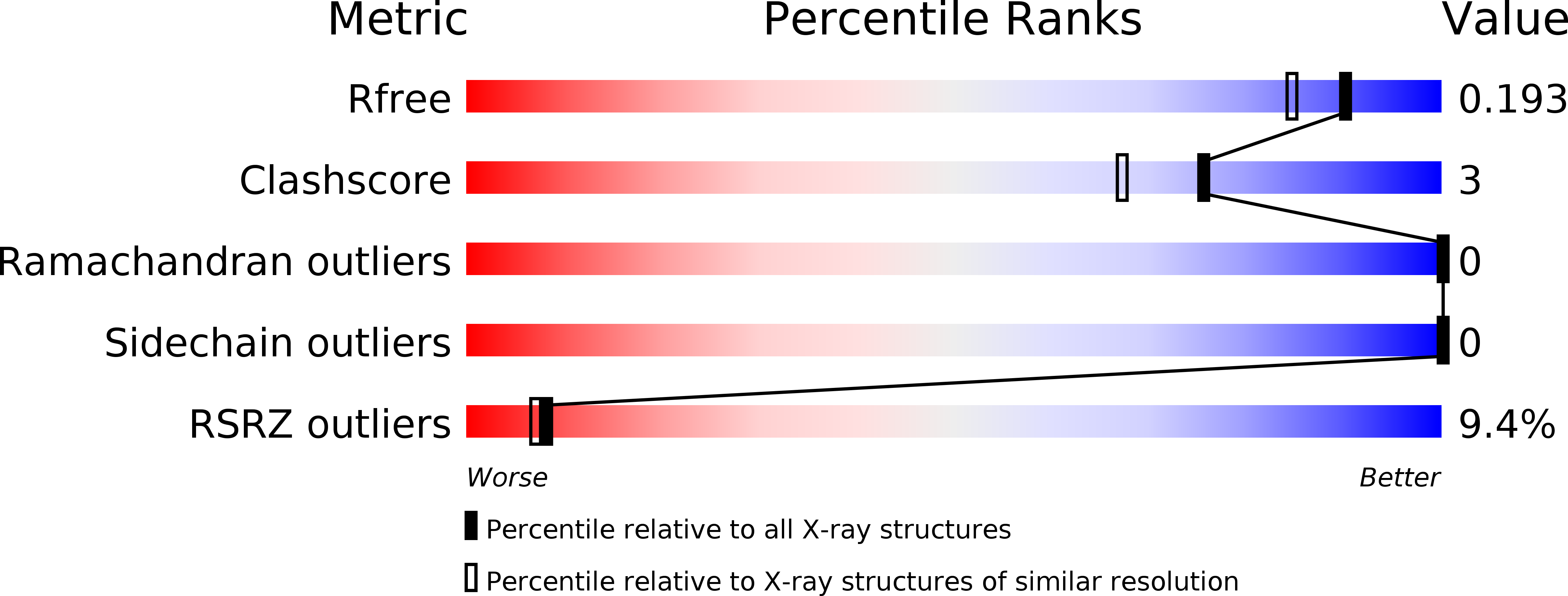
Deposition Date
2014-08-11
Release Date
2014-10-08
Last Version Date
2023-09-20
Entry Detail
PDB ID:
4R2A
Keywords:
Title:
Egr1/Zif268 zinc fingers in complex with methylated DNA
Biological Source:
Source Organism:
Homo sapiens (Taxon ID: 9606)
synthetic construct (Taxon ID: 32630)
synthetic construct (Taxon ID: 32630)
Host Organism:
Method Details:
Experimental Method:
Resolution:
1.59 Å
R-Value Free:
0.18
R-Value Work:
0.13
R-Value Observed:
0.13
Space Group:
C 2 2 21


